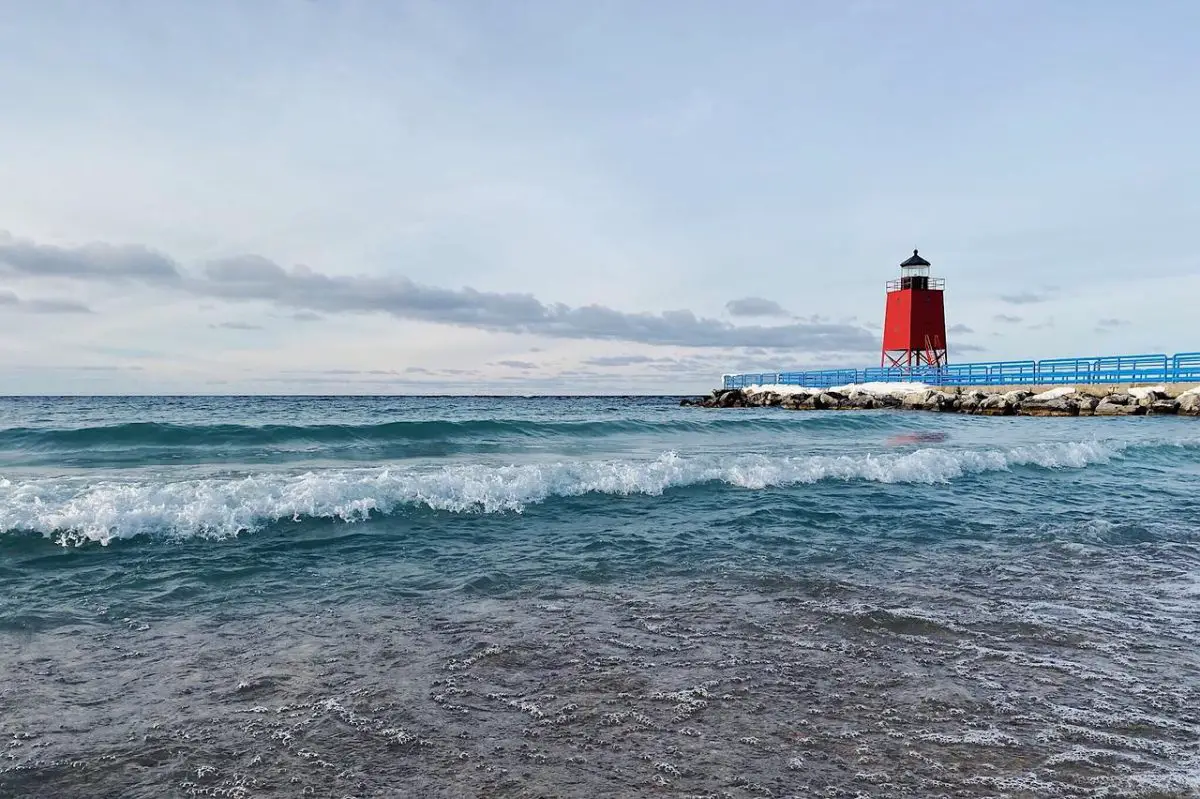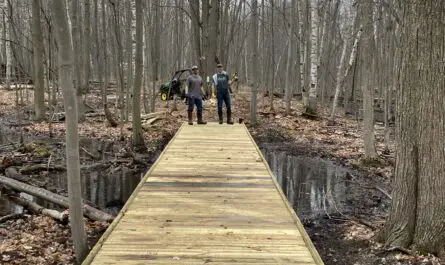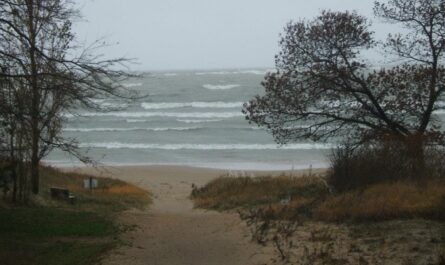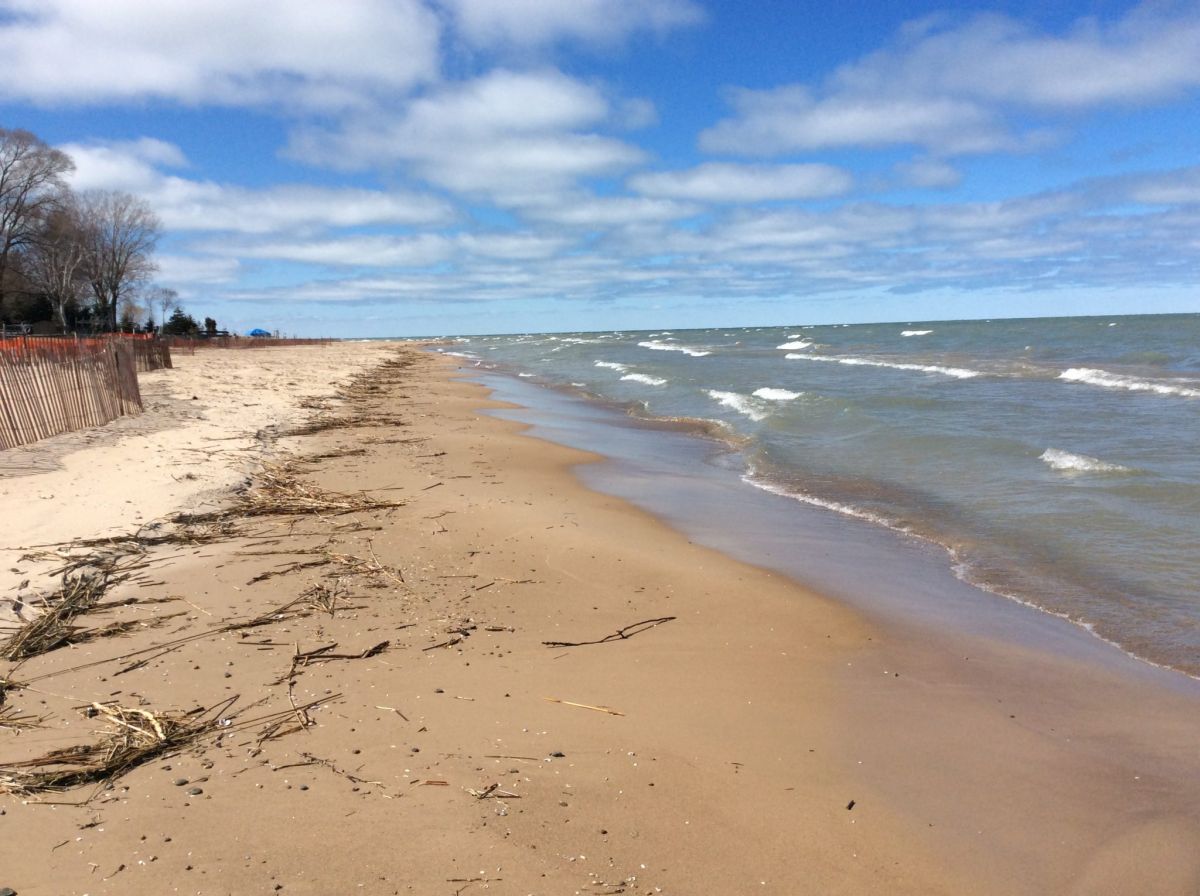The Great Lakes are, indeed, one of the great wonders of the world. Not only are they breathtaking in their beauty, but they are also home to some of the most biodiverse ecosystems on Earth. However, what’s lawn care environmental impact on this vital resource.
However, the Great Lakes have proven to be particularly vulnerable to the environmental destruction wrought upon the natural world across millennia of human habitation. It is not only the usual suspects that are to blame, though.
While industrial contamination from power plants and other common culprits bear their share of the blame, there are also other vital contributors to the harm inflicted on these magnificent waterways.
Among the most significant of these threats comes from a seemingly innocuous source. Ordinary, everyday lawn care has been shown to increase soil and water contamination and contribute to the growth of devastating algae blooms in the Great Lakes region.
This article explores the impact of lawn care on the Great Lakes and provides strategies for mitigating these harmful effects.
Lawn Care, Fertilizer, and Algae Blooms

Environmental researchers have found that algae growth is a significant concern for the Great Lakes, including the Saginaw Bay area. These noxious and suffocating blooms not only wreak havoc on aquatic ecosystems but can also pose a substantial health risk to humans and animals alike.
Many species of algae contain cyanotoxins that can cause significant illness in humans and death in animals. Because it is impossible to determine if algae blooms contain these lethal spores without laboratory testing, an outbreak often leads to shoreline closures, which can also have a profound economic impact on the region. This is particularly true as algae growth is typically at its height during the summer months, at the height of the tourist season.
While the exact mechanisms of algae bloom outbreaks aren’t entirely understood, there is substantial evidence to implicate fertilizer in contributing to this problem. More specifically, fertilizers that are rich in phosphorus have been cited as a significant contributor to algae growth, as phosphorus, by design, promotes vigorous growth while decreasing oxygen levels.
The effect of fertilizer on algae growth is especially pronounced when solutions that include phosphorus, nitrogen, and potassium are used. While phosphorus promotes fungi growth, the water-soluble properties of nitrogen enable the compound to leech into the soil better. Once in the soil, the chemicals leach into the groundwater and waterways, ultimately making their way to the lakes.
Unfortunately, the problem of algae growth in the Great Lakes is only exacerbated by the record high water temperatures that have been reported in recent years, which are expected to continue to be broken in the near future. As the Great Lakes’ ecosystem faces increasing threat due to climate change-related global warming, the need is more urgent than ever for protective measures, including the elimination of chemical-based fertilizers from the water system.,
The Impact of Lawn Maintenance

In addition to penetrating the soil and spilling into the groundwater, fertilizer and other harmful debris can make their way directly into lakes and streams through careless lawn maintenance. For example, trimming grass too short strips the lawn of the anchorage it needs to withstand heavy rains, causing soil erosion. The runoff of chemically fertilized soil enters storm drains and drainage ditches or else runs directly into creeks, lakes, and streams, contaminating the water.
A similar problem emerges when watering and irrigation systems are used. Using sprinklers or water hoses to hydrate your lawn will inevitably wash chemicals and debris into drainage systems and/or waterways.
Additionally, when cutting your grass or weeding your lawn, the clippings often end up being washed into the water system. Once fed by creeks and streams into the lakes, the decomposition of these organic materials can easily disrupt the equilibrium of the delicate ecosystem. The release of nutrients from these lawn clippings during decomposition may be another highly significant contributor to aquatic algae growth.
Lead Contamination
Though algae growth can be devastating for the environment, the economy, and human and animal health, it is by no means the only threat traditional lawn care practices may pose to the Great Lakes region.
Lead exposure, for example, can take a profound toll on the health and development of young children. Unfortunately, a dominant source of lead toxicity for children is the soil.
Many highly popular fertilizer types have been shown to contain excessive amounts of toxic heavy metals, including both lead and arsenic.
As has been shown, these fertilizers not only can contaminate the soil but also readily enter the waterways. This can significantly increase the risk of lead poisoning in children and vulnerable adults both through soil exposure and through the contamination of drinking water.
What Is To Be Done
Though the situation may seem dire, there are, in fact, several things homeowners can do to protect the environment, preserve the pristine beauty and delicate ecosystems of the Great Lakes region, and still enjoy a lush, green lawn.
One of the first and best ways to do this is to practice responsible lawn care. For example, go ahead and mulch them instead of allowing lawn clippings to lie on the ground, where they will likely be washed into the water system eventually. This will prevent harmful chemicals from leaching into the soil while ensuring that water run-off does not clog the lakes and streams with lawn debris.
Mulch made from your lawn clippings is only one eco-friendly solution you can apply to your lawn care habits. Another option is to select an environmentally-friendly, organic fertilizer to replace traditional, chemical-based agents. Fertilizers derived from bacteria, for instance, use natural biological processes to enrich the soil without risking the health of humans, animals, or the environment.
In addition to using non-toxic solutions for fertilizing your soil, it’s also essential to maintain a broad perimeter around drainage ditches, creeks, streams, or shorelines. Creating a natural protective barrier between your lawn and these waterways can prevent debris or soil runoff contamination. Thus, if you must water your lawn using a hose or sprinkler, try to ensure that you do not direct the water closer than one or two feet from the edge of the water or drainage ditch.
Likewise, as previously noted, avoiding the temptation to trim your grass too much can help you maintain a strong layer of turf to prevent erosion and runoff.
The Takeaway Of Lawn Care Environmental Impact
The Great Lakes are one of North America’s most precious natural wonders. However, for far too long, we have been unwittingly abusing this delicate ecosystem in our effort to cultivate a lush green lawn. In the process, we have contaminated our lakes with fertilizers containing dangerous chemicals, spurring the growth of toxic algae. We have contaminated our soil and water with heavy metals. We have choked our waters with lawn debris. However, the good news is that it is not too late to make a change by opting for eco-friendly fertilizers and practicing responsible lawn maintenance.




